Rose – Gulab
Rose: A Comprehensive Guide
Introduction:
Roses are timeless and cherished flowers known for their beauty, fragrance, and symbolism. This comprehensive guide will explore the captivating world of roses, providing insights into their history, varieties, cultivation, care, and common issues. By the end of this guide, you will have a comprehensive understanding of roses and be ready to grow and enjoy these exquisite flowers in your garden.
1. History and Significance:
Roses have a rich history that spans thousands of years. Various civilizations, including the ancient Egyptians, Greeks, and Romans, have cultivated them. Roses hold significant cultural and symbolic importance, representing love, beauty, and passion.
2. Varieties and Types:
Roses come in a wide array of varieties, each with its unique characteristics and growth habits. Some popular rose types include hybrid teas, floribundas, grandifloras, climbers, shrub roses, and miniature roses. These varieties differ in flower form, size, colour, and growth habit, allowing for endless possibilities in creating stunning rose gardens.
3. Cultivation and Planting:
Roses thrive in well-drained soil enriched with organic matter. Choose a location that receives at least six hours of direct sunlight daily. Before planting, prepare the soil by loosening it and removing any weeds or rocks. Dig a hole slightly larger than the root ball, place the rose plant in the hole, and backfill it with soil. Water thoroughly after planting.
4. Watering and Feeding:
Roses require regular watering to keep the soil evenly moist but not waterlogged. Deep watering once or twice a week is generally sufficient, but this may vary depending on climate and soil conditions. Apply a balanced rose fertilizer in early spring and during the growing season to promote healthy growth and abundant blooms.
5. Pruning and Training:
Pruning is essential for maintaining rose plants’ shape, health, and vigour. Prune in late winter or early spring to remove dead, damaged, or weak branches. Additionally, prune to shape the plant and encourage new growth. Train climbing roses on trellises or supports and regularly tie them to guide their growth.
6. Disease and Pest Control:
Roses can be susceptible to diseases and pests, including black spots, powdery mildew, aphids, and thrips. Regularly inspect your plants for signs of infestation or disease. Use organic or chemical controls as needed, following proper instructions. Good garden hygiene, such as removing fallen leaves and debris, can help prevent disease outbreaks.
7. Winter Protection:
In colder climates, roses may require winter protection to survive freezing temperatures. Mulch around the base of the plants to insulate the roots and protect them from extreme cold. You can also mound soil or wrap the canes with burlap for protection.
8. Rose Arrangement and Care:
Enjoy the beauty of roses indoors by creating stunning flower arrangements. Cut roses early in the morning when the blooms are fresh. Remove any thorns and leaves below the waterline. Place the stems in a clean vase filled with water and floral preservative. Change the water every few days to prolong the vase’s life.
9. Rose Fragrance and Perfume:
Roses are renowned for their delightful fragrance. To enjoy the intoxicating scent, consider planting fragrant rose varieties such as Damask, Bourbon, or English roses. Using rose petals, you can also make rose-infused oils, potpourri, or homemade perfumes.
10. Rose Care Tips:
– Monitor your roses regularly for signs of pests, diseases, or nutrient deficiencies.
– Deadhead spent blooms to encourage continuous flowering.
– Provide adequate air circulation around the plants to prevent fungal diseases.
– Keep an eye on watering, ensuring sufficient moisture without overwatering.
– Practice proper pruning techniques to maintain plant health and shape.
Conclusion:
Roses are extraordinary flowers that bring beauty and elegance to gardens, bouquets, and arrangements. Following the comprehensive guide above gives you the knowledge and skills to cultivate and care for roses successfully. Embrace the joy of growing these beautiful blooms, and immerse yourself in the enchanting world of roses.
Roses are one of the most important perennial garden plants in almost all parts of the world. It is one of the oldest cultivated flowers and is still considered one of the most popular garden flowers today. They can be used as bushes, standards, climbers, hedges and edges, hangers and rock gardens and flowering shrubs in the landscape.
Flowers vary in size and are usually large and showy, in colours ranging from white, yellow, pink, orange and red. Flowers have five or more petals and 4-5 sepals. Rose has always influenced cultures aesthetically, economically, medically, religiously and spiritually. The flowers were prized for their beauty and fragrance.
Suitable for garden/terrace/balcony gardening. Roses do best in sunny locations with 6 to 8 hours of sun daily. If kept in the shade, these plants become leggy and weak-stemmed.
Roses are used for many different ornamental purposes as cut flowers, garden plants, and pot plants, as well as industrial (perfume, oil), herbal medicine, and culinary applications. The petals rose hip, stem, leaves and roots of the rose plant contain various secondary metabolites and nutrients in the form of vitamins and minerals. Rose has attributes with proven benefits for the physical and emotional body.
Some famous verities are available in a myriad of colours and exotic variegation, such as Alba roses, Bourbon roses, Centifolia roses, China roses, Climbing roses, Damask roses, English roses, Floribunda roses, Gallica roses, Hybrid Bracteata roses, Hybrid Musk roses, Hybrid Perpetual roses, Hybrid Tea roses, Miniature roses, Modern Shrub roses, Moss roses, Noisette roses, Rugosa roses and many more.
Things to know about ROSE
Common (vernacular) Name
गुलाब (Hindi), Rose, Gulab, and many more.
Botanical Name
Rosa Rubiginosa
Origin
Central Asia (China)
Family
Rosaceae
Plant Type
Woody shrubs
Plant Features
Ornamental / Evergreen / Exotic
Life Cycle
Perennial
Landscape Uses
Container Planting and Houseplants.
Species
Hulthemia, Hesperrhodos, Platyrhodon, Rosa - (Banksianae, Bracteatae, Caninae, Carolinae, Chinensis, Gallicanae, Gymnocarpae, Laevigatae, Pimpinellifoliae, Synstylae).
Varieties
It comes with thousand of different varieties in a diversity of leaf and flower colorations.
Size
Height : 1 to 3 feet, 3 to 8 feet, 8 to 20 feet tall and Width : 1 to 15 feet wide when mature.
Indoors or Outdoors
Outdoors : Excellent plant grow and bloom in bright light or direct sunlight approximately 6-8 hours per day.
Indoors : Can be grown, where it will get 4-6 hours of direct sunlight at a location (sunny balcony, terrace etc.). Miniature roses are the easiest kind of roses to grow indoors.
Blooming / Flowering
Blooming period is throughout the year.
Flower Colour
It’s come with a Yellow, Orange, Pink, White, Red, Burgundy, Multicolored and Variegated colours.
Lucky Plant
According to Feng Shui, It is considered as Red roses signify love, yellow brings happiness, and white roses symbolise peace. The fragrance of rose reduces anxiety and brings in a feeling of peace.
Lighting / Sun Exposure
Full Sunlight
Temperature
Grow and bloom best preferably between 15°C to 28°C and can be tolerate min temp. as 10°C.
Growth Rate
Fairly rapidly.
Watering
Moderate watering, Mist or over head sprinkler to provide water and to improve relative humidity. Not tolerate overwatering it may cause root damage and yellowing of the leaves.
Fertilizer
Slow-release fertilizer, or a water-soluble liquid fertilizer once or twice in the growing season (Spring through Summer).
i.e. - Cow dung, DAP, Compost, NPK 18-24-16 fertilizer, Manure, Bone meal, Cottonseed meal, Fish fertilizer, Coffee grounds, Epsom salts, Alfalfa, Seaweed, liquid organic fertilizer etc.
Pruning
The best time to prune roses is in late winter or early spring. However, trimming away only dead, diseased or damaged branches and deadheading. Rejuvenate the plant and encourage and improves the quality of blooming. you can shape, adjust the overall height and width.
Propagation
Seeds : The best time to sow your Rose seeds is in the end of Winter / early Spring but this is a long and uncertain way that takes a long time to obtain a rosebush.
Stem Cuttings : The easier methods of propagation of Rose in soil via stem cuttings, and can be done during the warm growing season.
Division : N/A
Dormancy Period
Month : November to February (winter season)
Shed their leaves and show poor growth, Watering minimally.
Avoid : Propagate, Fertilize and Repotting.
Container
Ceramic Pot, Plastic Pot, Terracotta or Clay Pot is preferred, which ensures good drainage as well as water holding capacity.
Soil Type
A well-drained potting soil rich in organic content is recommended as well as water holding capacity. Prevent soggy potting medium.
Our recommendation for potting mix : Garden Soil (30%) + Compost (30%) + River Sand (20%) + Cocopeat (20%).
Soil pH
Slightly Acidic to Neutral soil - Ideally 6.0 to 6.5 pH (potential of hydrogen) is recommended for Anthurium.
Repotting
Roses don’t need to be re-potted that frequently, If required then It is advisable to repot the Rose every two year preferably spring to midsummer season. Regular repotting helps ensure that the soil provides sufficient nutrition for the plant.
Maintenance
Low maintenance and easy to grow.
Properties
No part of the Rose plant, the leaves or the flowers, are Toxic or Poisonous to both humans and pets upon ingestion.
Benefits
A pleasant smell like that of the rose, can reduce stress, anti-depressant and lower the heart rate.
Special Features
Attract hummingbirds and pollinators like butterflies and bees or wasps.
Infestation / Pests
Aphids, Japanese Beetles, Leaf Cutter Bees, Rose Midge, Sawfly (Rose Slug), Scale insects, Thrips, Mealy bugs, Spider mites and caterpillars etc.
Diseases / Problem
Bacterial diseases : Crown gall rot and Hairy root.
Fungal diseases : Blackspot, Powdery Mildew, Downy mildew, Rust, Anthracnose, Grey mould (Botrytis Blight), Verticillium wilt and Canker.
Viruslike diseases : Rose mosaic, Rose wilt and Rose rosette disease.
Some Glimpse of ROSE


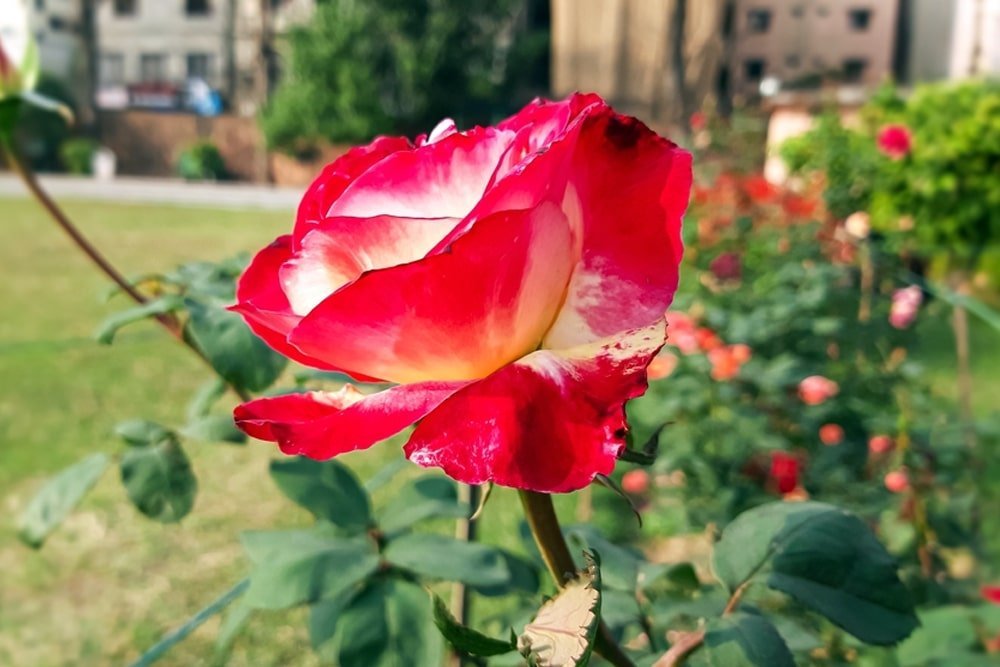



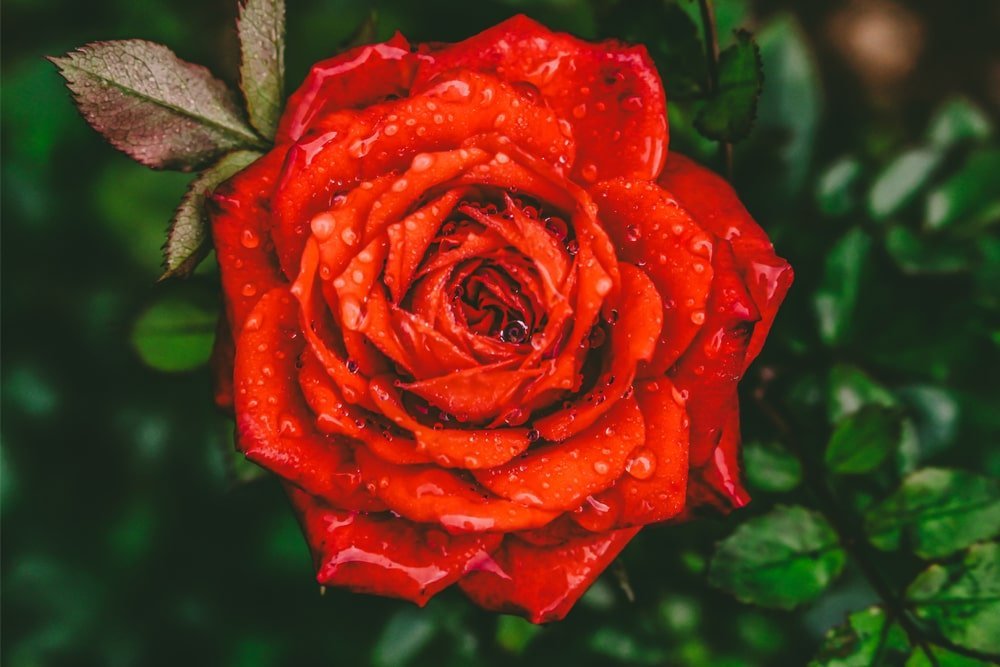
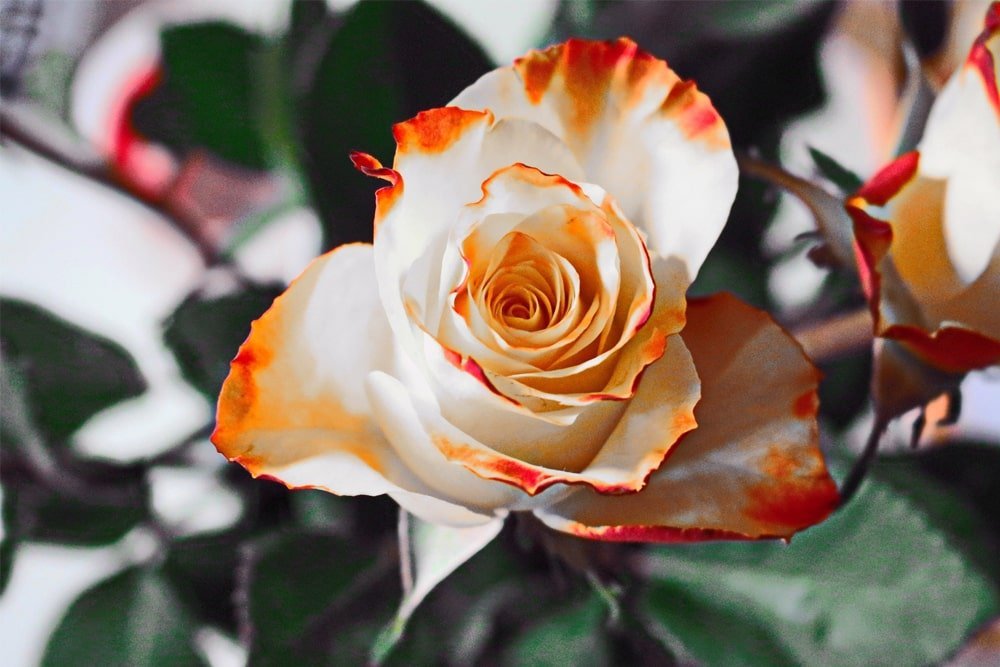

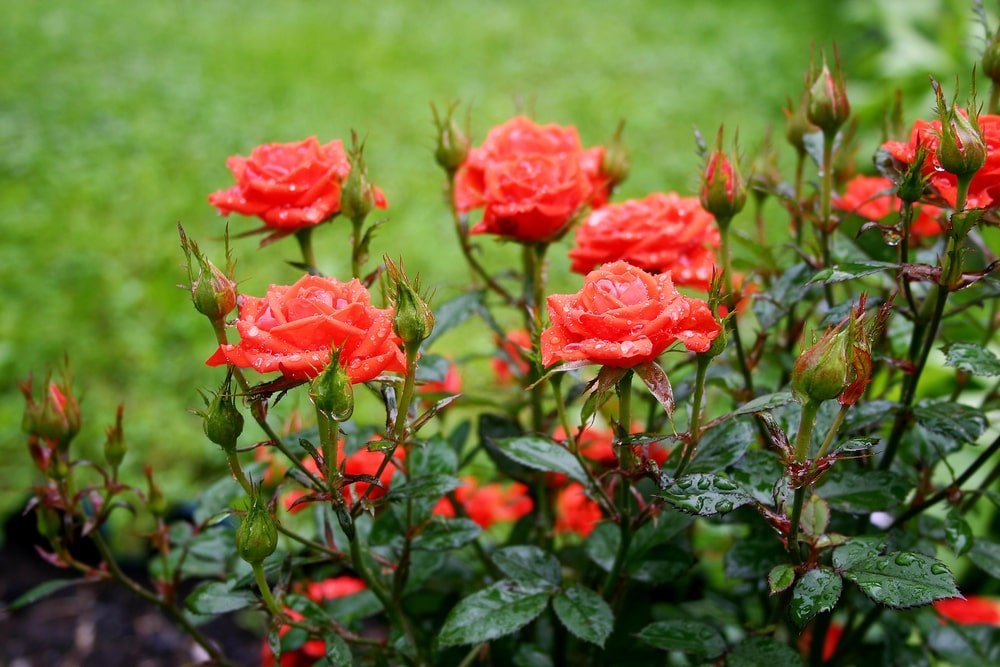



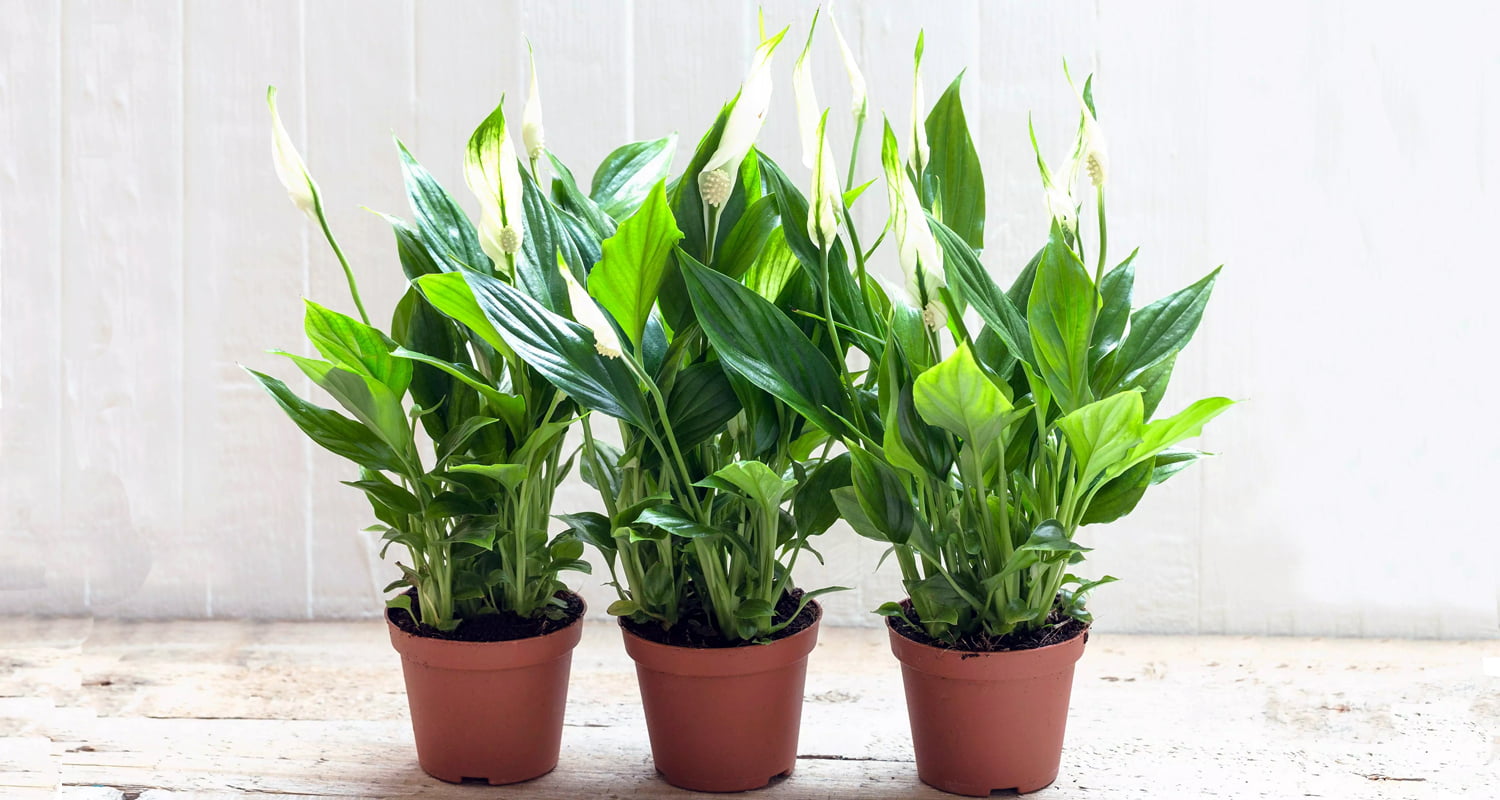

No comment